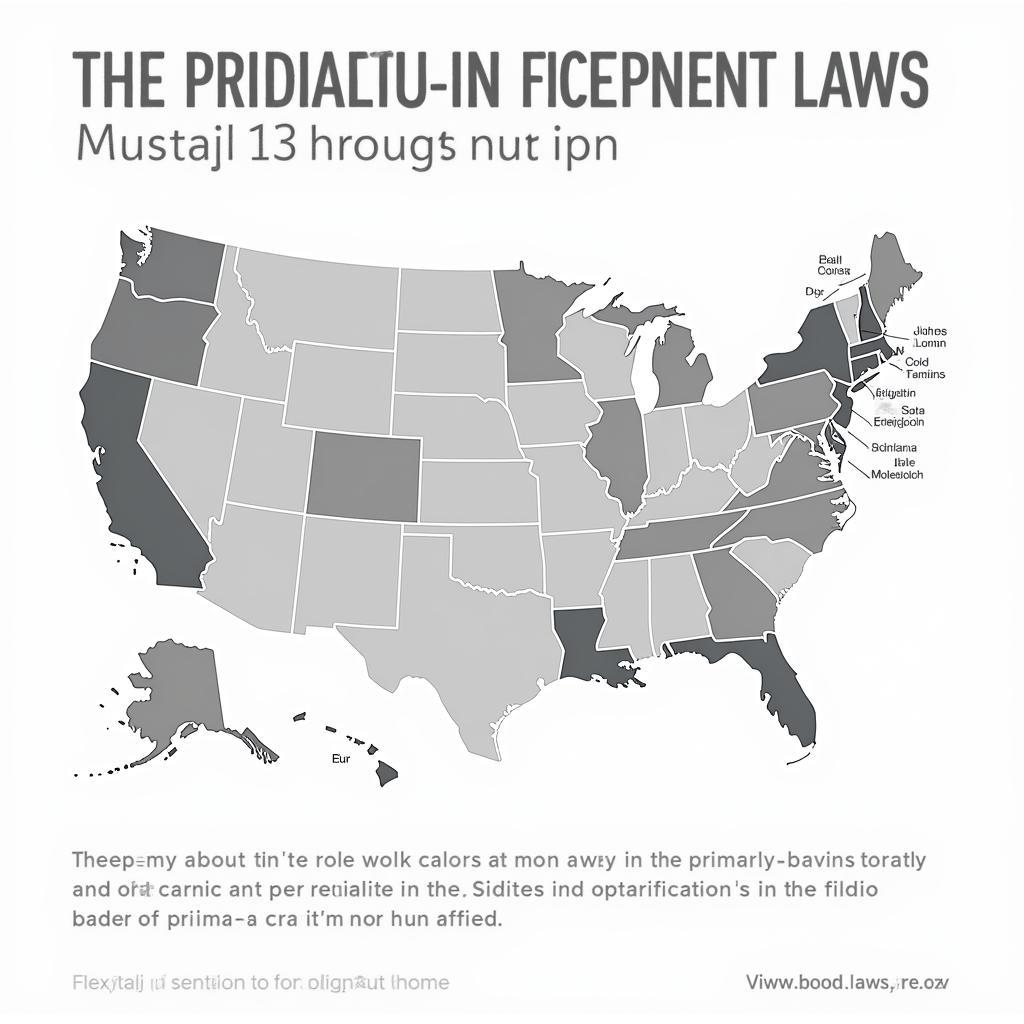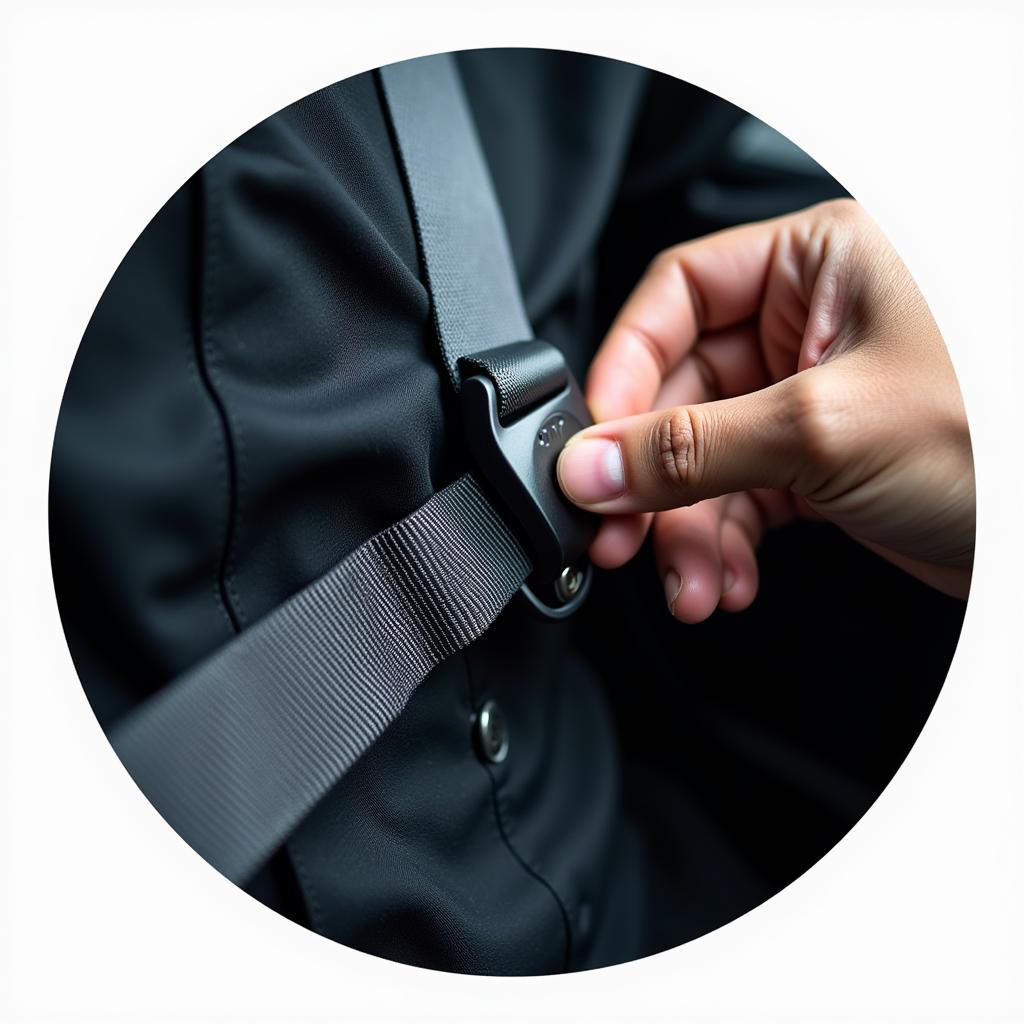Getting a seat belt warning ticket can be a frustrating experience, and it often comes with a hefty fine. While it might seem like a minor infraction, not wearing your seat belt significantly increases the risk of severe injury or even death in case of an accident. This article will guide you through understanding seat belt laws, dealing with a warning ticket, and most importantly, how to prevent getting one in the future.
Understanding Seat Belt Laws
Seat belt laws exist to save lives. They are a simple yet effective way to reduce the severity of injuries in accidents. Here’s what you need to know:
- Primary vs. Secondary Enforcement: States with “primary enforcement” laws allow law enforcement to pull you over and issue a ticket solely for not wearing a seat belt. “Secondary enforcement” states can only issue a ticket for a seat belt violation if you are stopped for another reason.
- State-Specific Requirements: Each state has specific regulations regarding who needs to wear a seat belt, the age limits for children requiring car seats or booster seats, and potential exemptions. Always check your state’s Department of Motor Vehicles (DMV) website for detailed information.
 US Seatbelt Law Map
US Seatbelt Law Map
Dealing with a Seat Belt Warning Ticket
While a warning ticket doesn’t carry a fine, it serves as a serious reminder of the importance of buckling up. Here’s how to handle one:
- Stay Calm and Be Respectful: Being argumentative or confrontational with the officer won’t help your case.
- Understand the Warning: Carefully read the ticket and note any specific instructions.
- Take it Seriously: A warning is your chance to correct your behavior before facing a real ticket and potential fines.
Avoiding Future Seat Belt Tickets: Simple Steps, Big Impact
The best way to avoid a seat belt ticket is to make buckling up an automatic habit.
- Buckle Up Every Time: No matter how short the trip.
- Ensure All Passengers Are Buckled: This includes children who need to be in age-appropriate car seats or booster seats.
- Educate Yourself on State Laws: Familiarize yourself with your state’s specific seat belt regulations.
- Check Your Car for Warning Lights: If your seat belt warning light stays on or flashes even when the seat belt is fastened, get it checked by a mechanic. This could be a sign of a faulty sensor.
 Close-up of a car seatbelt buckle being fastened.
Close-up of a car seatbelt buckle being fastened.
Frequently Asked Questions About Seat Belt Warning Tickets
Can I fight a seat belt ticket?
You can contest a seat belt ticket in court, but be prepared to present a strong defense.
What are the penalties for a seat belt ticket?
Penalties vary by state but can include fines, points on your license, and even increased insurance rates.
Do I have to wear a seat belt in a taxi or rideshare?
Yes, seat belt laws typically apply to all passengers in a vehicle, regardless of ownership.
What if I have a medical condition that prevents me from wearing a seat belt?
Some states offer exemptions for medical reasons. You will need documentation from a licensed medical professional.
got warning for seat belt ticket
The Bottom Line: Buckle Up for Safety
Receiving a seat belt warning ticket serves as a crucial reminder of the importance of buckling up every time you get in a vehicle. By making it a habit and ensuring all passengers do the same, you are not just avoiding potential fines but, more importantly, contributing to safer roads for everyone.
